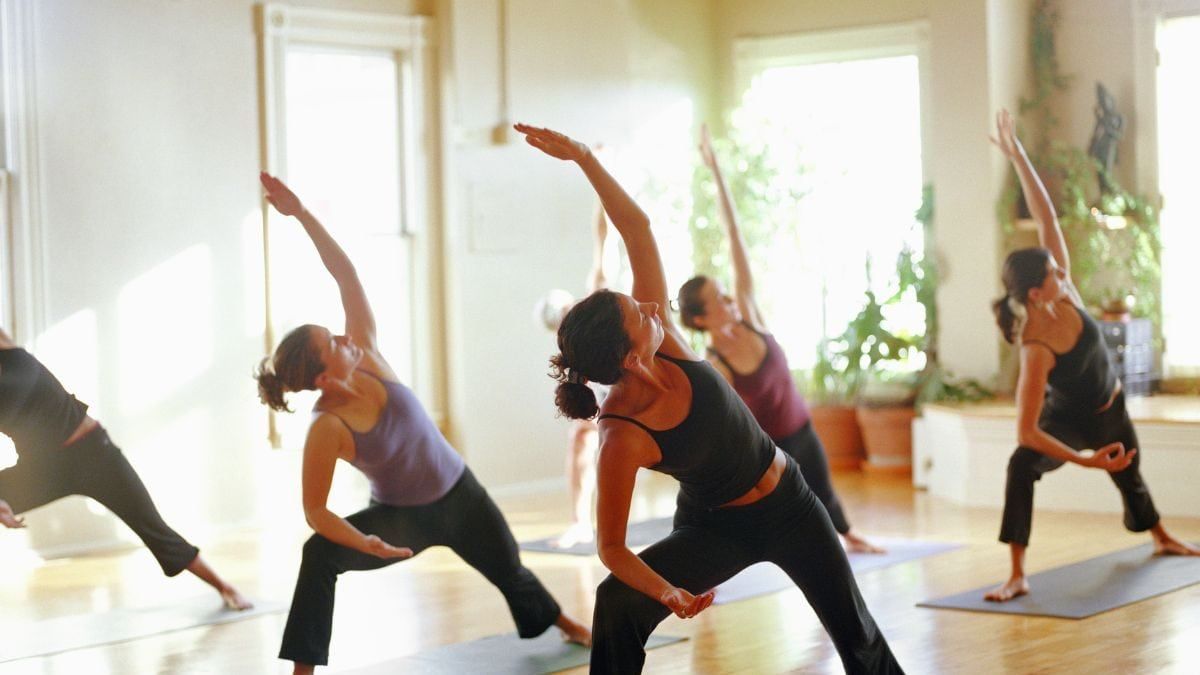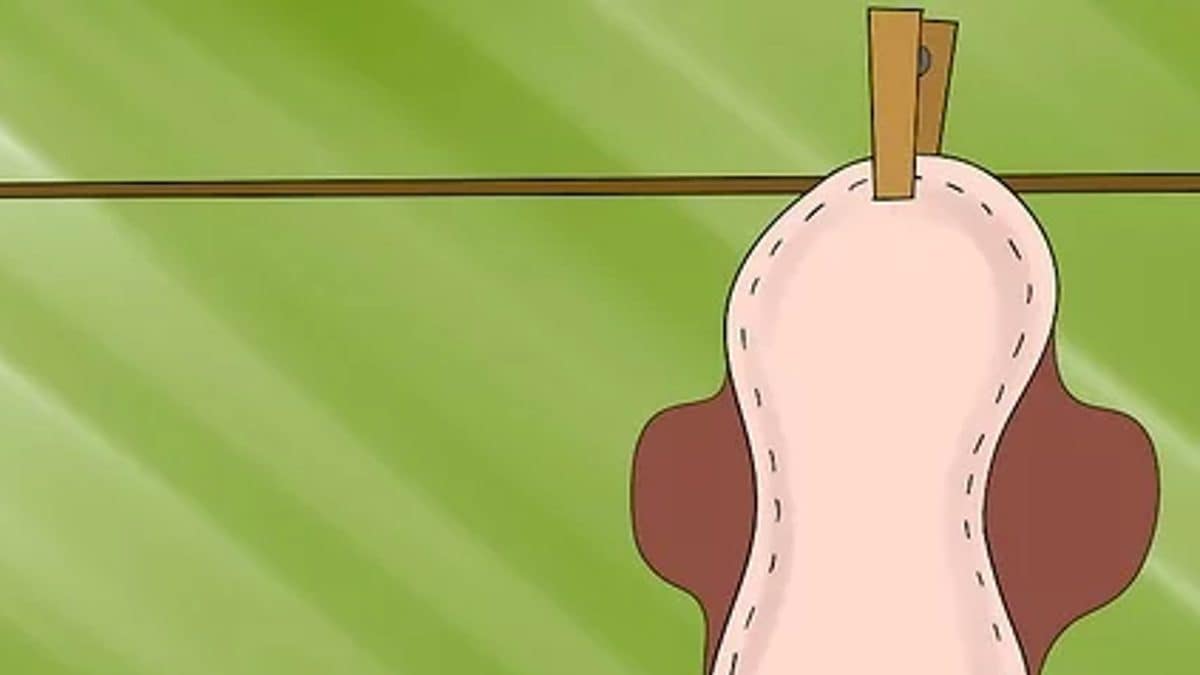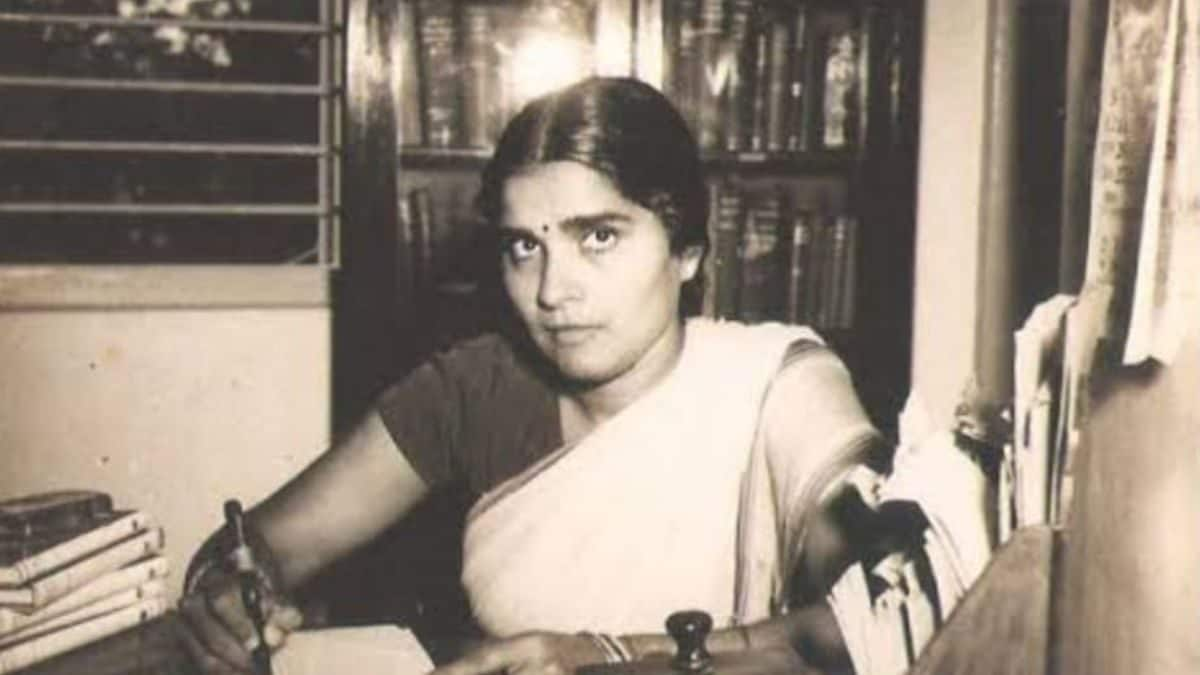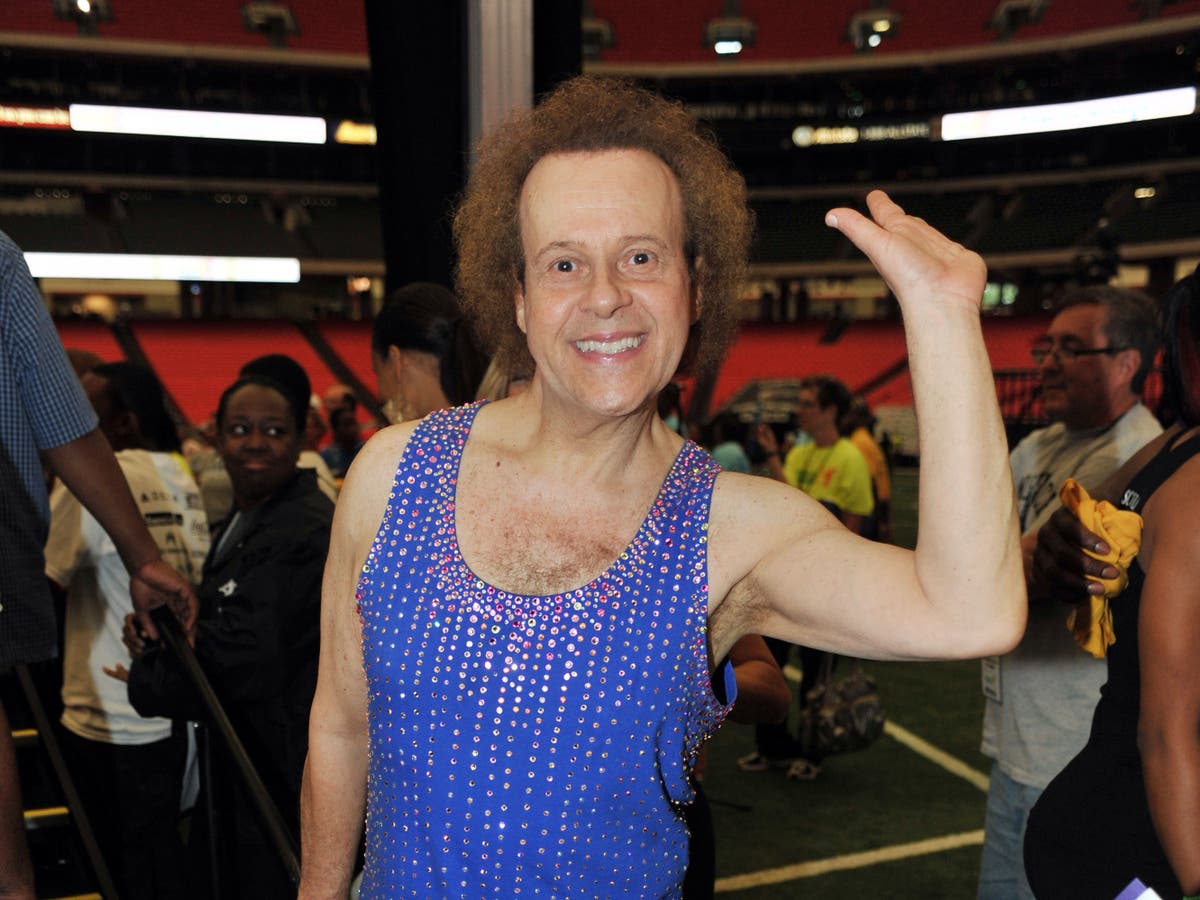Mother Sita Devi Yogendra, while running a separate section for women at the Yoga Institute when yoga was still predominantly a male privilege, was able to recognise that physiological and psychological differences between men and women made women's health needs different.
Last week, we wrote about Sita Devi's work, how clinical and laboratory experience at the Institute culminated in her book Easy poses for womenwhich went through several editions and took final form as Physical Education Yoga for Women.*
The book can be a good introduction to women's health from childhood, as it is based on Sita Devi's knowledge of ancient yogic science, her own experience in treating patients, and the scientific and medical fields. She recommended that girls aged 10 should begin with one movement of each yoga exercise and complete the course step by step by the age of 12. This should continue as a daily obligation until old age, except in periods of ill health, menstruation, and advanced pregnancy.
The postures have a preventive and corrective (therapeutic) value. Each part of the body is exercised with the aim of achieving immunity against diseases, longevity, mental health and psychic purity.
The mother warns against sudden movements, jerks and excessive efforts. She suggests relieving initial muscle pain with warm compresses, massages and rest, as well as with consistency and regularity in practice.
Below are special concerns of women and a corrective practice for each.
CONCERN 1: VIRTUALLY ALL WOMEN HAVE POOR POSTURE
In the habitual posture, the stomach, intestines, kidneys, liver and pelvic organs are drawn downwards; blood stagnates in the abdomen, causing confusion, headache, coldness in the hands and feet, chronic fatigue, neurasthenia and often constipation.
Ancient yogis emphasized proper posture for good health. Mother Sita Devi's team discovered from clinical observations at the Institute that various disorders of the digestive and pelvic organs, heart and lungs could be directly attributed to incorrect posture. People who had suffered from the above symptoms for years were cured within a few weeks by corrective asanas.
Padmasana or lotus posture
This posture is one of the most suitable for postural training, as it preserves the elasticity of the muscles connected to the pelvis and lower limbs, as well as ligaments and tendons. The blood supply to the sexual organs is improved and the nerve centres of the pelvic region are toned. Thanks to a correct posture, breathing is better; the internal organs remain unharmed because the shoulder is no longer sunken or pressing on the chest, and both together do not put pressure on the abdomen.
• Sit on the floor with your legs fully stretched.
• Bend your right knee and, with the help of your hands, place your right heel on the root of your left thigh, with the sole of the foot facing up.
• Similarly, bend your left knee and place your left heel on the root of your right thigh so that your ankles cross and the left sole is facing up.
• Keep your knees flat on the floor and press your heels firmly against the upper front edge of your pubic bone. Keep your body erect, neck straight, and abdomen moderately drawn in. Your eyes may be closed or fixed on a point in front of you.
• Extend your left hand with the back of your hand touching both heels, palm up, and place your right hand on top of it.
• Women often find it easier to hold the pose by bending their left leg first and placing the right leg on top of it. However, alternating leg use is recommended to fully master the pose.
CONCERN 2: WOMEN HAVE LOWER LUNG CAPACITY
Adequate ventilation of the lungs should be a priority for women, which can be achieved through conscious and complete, or “yogic,” breathing as well as proper abdominal compression.
Trikonasana, the triangle posture
The clavicular breathing that is activated in this posture (in which the upper part of the lungs participate in the breathing process) increases lung capacity. Trikoṇāsana is also excellent for exercising the muscles of the spine and neck, toning the abdominal walls, stimulating the pelvic organs, helping the flexibility of the waist, exercising the hips and stretching the muscles of the limbs.
• Stand straight with your feet together and arms at your sides.
• Exhale slowly as you bend down. Bend until your spine and neck are parallel to the floor.
• Touch your toes with the tips of your fingers. In the final position, your arms are stretched out, your spine and neck are kept horizontal, with your head at the same level and your eyes fixed on the tip of your nose.
• Hold the position, holding your breath for a few seconds.
• Inhaling, return to the original position.
CONCERN 3: WOMEN'S TENDENCY TO CONSTIPATION AND GAIN FAT AROUND THE WAIST
Overweight is a consequence of habitual overeating and insufficient oxidation due to lack of exercise, as well as poor functioning of the endocrine glands. However, constipation is the most common cause, especially in women due to a) the anatomical difference of the pelvic floor and b) psychological sensitivity.
Constipation or incomplete elimination harms the body not only mechanically, but also because the poisonous gases arising from the fermentative changes in fecal matter, retained for too long in the colon, cause serious organic disorders.
A change in diet and toning of the abdominal and diaphragm muscles are the solution. The best way to combat fat is to combat constipation itself through Yoga exercises for the middle core.
Hastapadangushthasana or hand to big toe pose
• Standing with your spine straight, chest forward and hands at your sides.
• As you exhale, slowly lift one leg from the front until it forms a right angle with your body. Avoid bending your knees.
• While balancing on one leg, stretch out your arms and hold (or touch) the toes of the raised leg with the fingers of one or both hands. Hold this position for a few seconds, while holding your breath.
• Inhaling, return to the starting position.
• Repeat three times with each leg.
CONCERN 4: PELVIC ORGAN CARE AND MOTHERHOOD
The secretions of the endocrine glands are largely responsible for the development of the body and mind. The use of replacement hormones to treat diseases can cause the disease to become tolerant to the drugs, so the diseased organ must regenerate sufficiently.
Yogis have found that certain forms of exercise can improve the activity of these organs. In addition, postures with the head down and hips raised can help improve blood circulation and drainage of the blood vessels connected to the abdominal and pelvic organs.
At first, the semi-inverted posture can be safely adopted.
Ardha-Sarvangasana or semi-inverted posture
• Lie on your back, with your feet close to your hips and your legs bent against your thighs.
• With a slight tug and pull of your abdominal muscles, lift your lower body off the floor by placing your hands under your hips.
• As you exhale, balance the weight of your body on your palms, elbows, neck and the back of your head.
• Hold for two minutes with normal breathing. You can lean against a wall.
• Return to the starting position while inhaling.
CONCERN 5: WOMEN ARE PREDISPOSED TO NERVOUS WEAKNESS, NEURASTHENIA OR PSYCHONEUROSIS
Most women are greatly affected by mental tension, nervous exhaustion, sexual excesses, etc., and symptoms like vagueness, mental wandering, feeling of inferiority, a continuous state of anxiety, prostration and irritability begin to appear. This results in real microscopic changes in the brain, liver and other glands.
Taking care of the nervous system and the mind is necessary. Yoga places great emphasis on taking care of the spine and nerves, and the cobra pose is one of many excellent techniques.
Bhujangasana or cobra pose
• Lie face down, with your legs stretched out, your arms at your sides and your forehead touching the floor.
• Move your hands to the sides of your abdomen, palms down, and slowly lift your head and neck up and back.
• As you inhale, lift your chest and upper abdomen; do not lift your body below the navel. Use the deep muscles of your back to gradually curve your spine backward.
• Slowly lift the vertebrae one by one, feeling pressure in the cervical, thoracic, lumbar and sacral portions of the spine, culminating in deep pressure on the tailbone.
• Exhaling, lower your torso and return to the starting position.
(Note: This article is for informational purposes only. Always learn yoga from an experienced yoga teacher or at a yoga school, consult your GP, and do not exceed your capacity.)
*Selected from Yoga Physical Education for Women, The Yoga Institute, Santacruz (East), Mumbai; 7th edition: 2023
The author is a journalist, cancer survivor and certified yoga teacher. She can be contacted at [email protected].

















